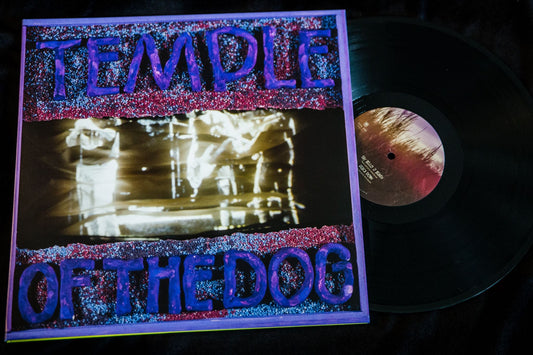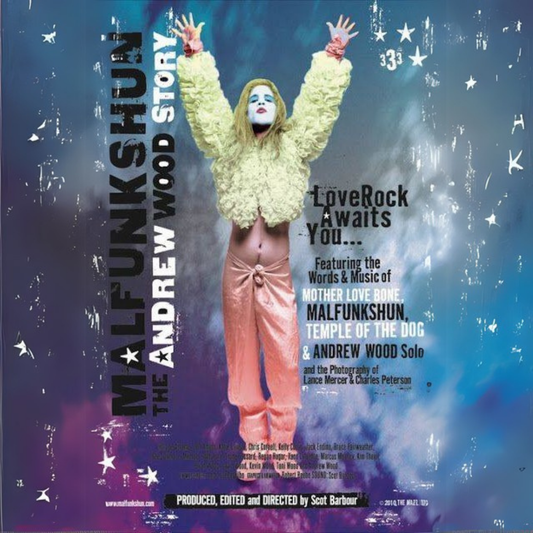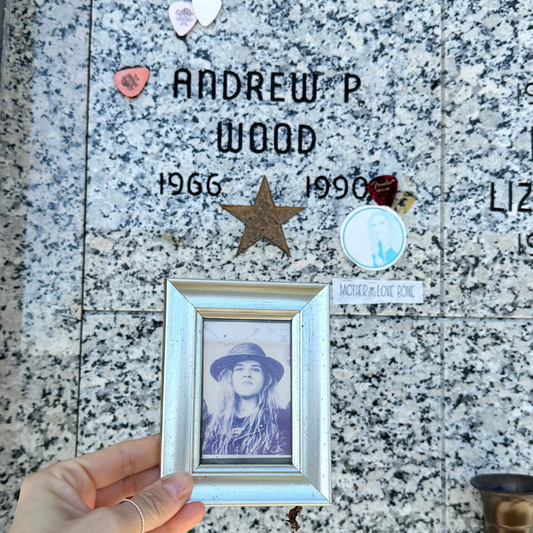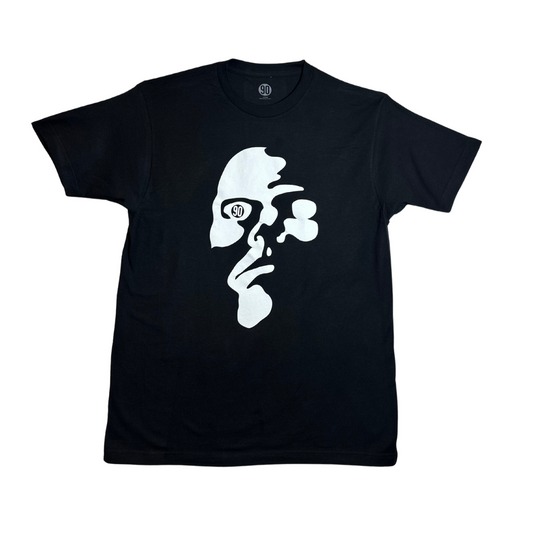On April 16, 1991, an album quietly arrived with no fanfare, no expectations, and no commercial ambitions. It wasn’t meant to top charts or define a genre. It was meant to heal. Temple of the Dog was born out of grief—recorded in memory of Andrew Wood, the charismatic frontman of Mother Love Bone, who passed away just a year earlier.

The idea came from Chris Cornell, Wood’s former roommate and friend, who turned to songwriting as a way to process the loss. What started as a plan for a single tribute track soon evolved into a full-length album, thanks to the spontaneous collaboration between members of Soundgarden and Mother Love Bone—specifically Stone Gossard, Jeff Ament, Matt Cameron, and newcomer Mike McCready. The group was later joined by Eddie Vedder, a young singer from San Diego who had just arrived in Seattle. His voice, paired with Cornell’s, gave the song “Hunger Strike” its iconic harmonies and elevated it to the album’s most recognizable track.

Recorded over just two weeks at London Bridge Studio in late 1990, and produced by Rick Parashar (who also played keys on several tracks), the album was a raw, unfiltered reflection of mourning, memory, and music for music’s sake. Tracks like “Say Hello 2 Heaven” and “Reach Down” directly address Wood’s passing, blending heartfelt lyrics with soaring guitar work and emotionally charged vocals. The result is an album that doesn’t wallow in loss, but transforms it into something powerful and alive.
At first, Temple of the Dog went mostly unnoticed. It didn’t chart, and its release came and went without much industry buzz. But everything changed in 1992. With Soundgarden and Pearl Jam gaining massive traction, A&M Records realized it had something special in its catalog—a project featuring members of both rising bands. The album was reissued, and this time it found its audience. By 2007, it had gone platinum in the U.S., and over the years, it’s only grown in stature.

Despite often being labeled a grunge album, Temple of the Dog resists easy categorization. Its sound blends elements of hard rock, soul, psychedelia, and blues, tied together by a spirit of collaboration and emotional honesty. It’s less a genre record and more a musical document—one that captures a moment in time when a group of musicians came together not for fame, but for friendship.

The band would only perform live a handful of times around the album’s release. A full tour wouldn’t happen until 2016, when the group reunited to mark the album’s 25th anniversary. Hopes for future shows were cut short by Chris Cornell’s passing the following year, making those reunion dates even more meaningful in hindsight.
Now, 34 years later, Temple of the Dog still stands as one of the most moving, collaborative albums to come out of Seattle’s golden era. It’s a one-off project that became essential listening—not only because of its lineup, but because of the heart behind it.









